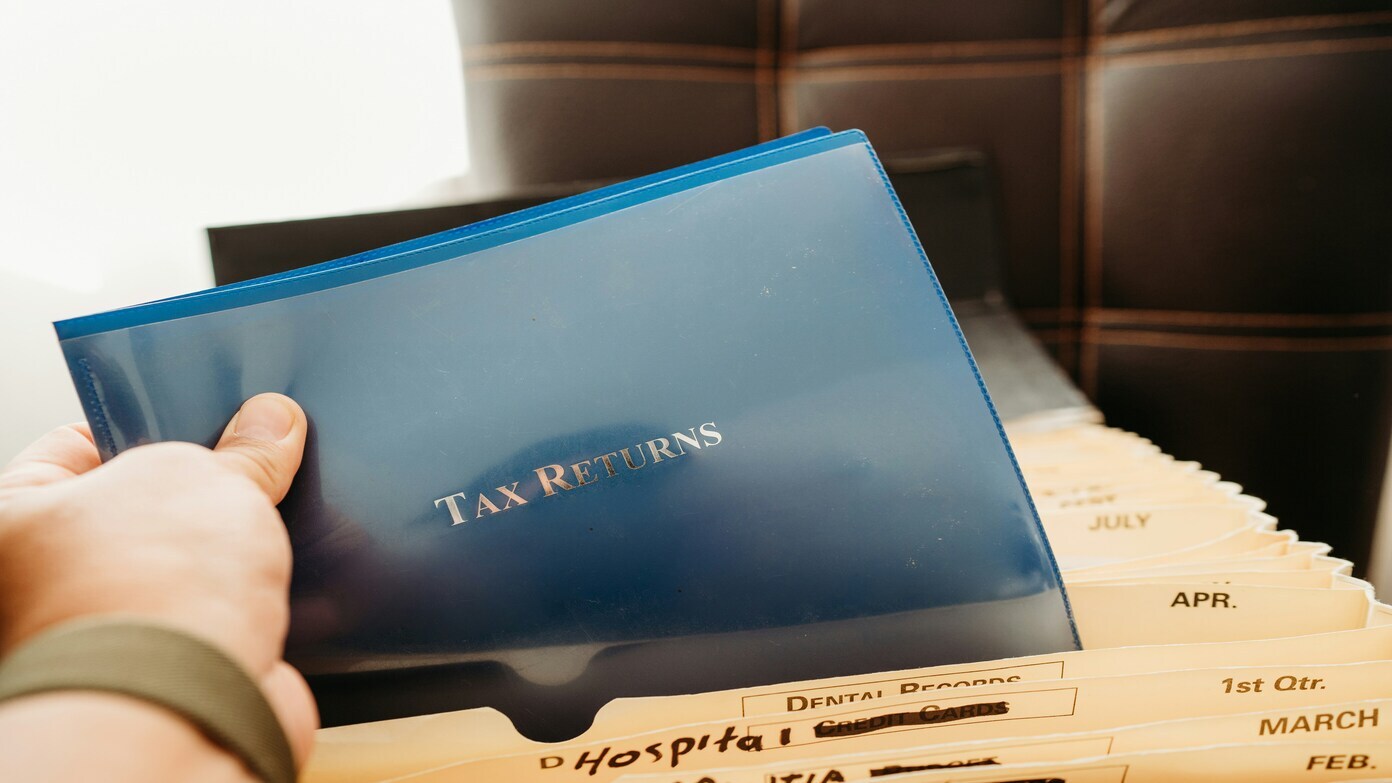IRS clarifies 1099-K confusion
If you have income from side gigs, have a small business, or are paid through apps like Venmo, PayPal, Cash App, or sites like eBay, you’ve probably heard of Form 1099-K. It’s recently caused a lot of confusion among those trying to figure out what they owe the IRS.
The main issue was the “$600 rule”, requiring that even small-scale vendors and occasional freelancers receive a tax form if they received more than $600 in payments. This caused millions of Americans to worry about receiving unnecessary paperwork for one-time or small transactions.
Now, some positive news for taxpayers. Congress has passed a new law that streamlines and reverts back to the old, familiar system, one that most were used to before the $600 rule.
Read this later: What is Schedule 1-A, the new IRS form that allows taxpayers to claim these 2025 deductions in the upcoming tax season
What is a 1099-K form?
A 1099-K is an IRS tax form that you fill out to report income earned from third-party payment networks, such as PayPal, Venmo, Cash App, etc. It’s designed to help the IRS track income earned because you’re doing business — selling online, freelancing, getting paid through digital apps, etc.
In the past couple of years, the reporting threshold — the amount that triggers the 1099-K — changed a few times. Initially, during the pandemic, a new law was passed lowering the reporting threshold to as low as $600, which would have sent millions of forms to people who earned hardly anything.
In a bid to ease the uncertainty, the IRS suspended enforcement of that rule and boosted the threshold temporarily to $5,000 for tax year 2024. Even that temporary fix left people in limbo as to what would happen next.
Read this later: Bad news for thousands of Americans with the IRS – These are the two measures it is taking to avoid paper refund checks for…
The new 1099-K rule for 2026
As part of the Trump/GOP “Big Beautiful Bill” (BBB), signed into law on July 4, 2025, Congress officially changed the 1099-K rules again — this time in a way that most taxpayers will welcome.
Starting with the 2025 tax year (for forms sent out in early 2026), you’ll only receive a 1099-K if:
- You make more than $20,000 in total payments, and
- You have over 200 transactions on one payment platform in a year.
- That makes the old 200 transactions and $20,000 requirement officially reinstated.
This will reduce confusion, paperwork, and unnecessary tax returns for millions of Americans who use online platforms as a matter of personal convenience — whether to sell used items, freelance on occasion, or run very small side businesses.
Under the legislators, though, the change helps the IRS go after larger, business-sized transactions while unburdening small vendors.
What to do if you’re issued a 1099-K
Even with the new rule, some tax preparers will continue to receive a 1099-K. If so, it simply indicates that the IRS has a record of transactions of how much money was paid to you through a third-party vendor.
It doesn’t always mean you owe taxes on the full amount listed — it just shows your gross income, before any expenses, fees, or refunds.
Read this later: How many ships make up the Gaza Sumud Flotilla, what nationalities are its activists, and where have they been detained by Israel?
What to do if you receive one:
- Keep good records: Keep all your receipts, invoices, and statements from your gigs or sales. These will enable you to estimate your actual profits after expenses.
- Report all revenue: You must report all income you earn, even if you don’t get a 1099-K.
- Verify the numbers: Double-check your own records against what is listed on the form. Occasionally, the figure reported doesn’t subtract fees or refunds.
- Seek help when needed: If you’re unsure how to report it, a tax professional can guide you through the process and help you find deductions or credits.
Why this change matters
For decades, gig economy labourers and small business vendors have struggled with unclear IRS guidelines. The revised threshold brings predictability back and prevents the shock of finding surprise tax forms due to small sales or casual transactions.
In short, unless you have a big business or handle thousands of dollars in transactions, you probably won’t receive a 1099-K next year.
That’s welcome news to anyone worried about how the IRS’s $600 rule might affect them — and an indication that paying your 2026 taxes might finally be a little less burdensome.

